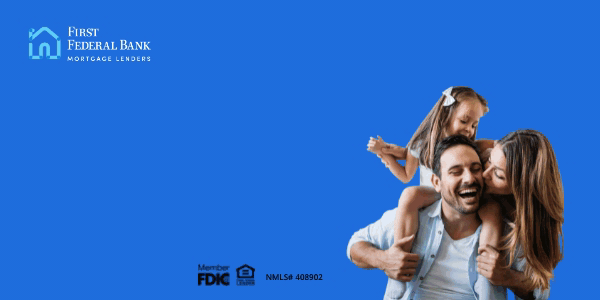There is a common misconception that homebuyers with conventional loans must put down 20 percent of the purchase price at closing. In reality, many buyers either don’t have that much cash in hand or choose to put down less to have cash available for repairs, upgrades, or other home improvements.
The “20 percent” rule helps lenders mitigate risk. However, many lenders allow homebuyers to put down a smaller percentage and pay for private mortgage insurance (PMI).
PMI is a type of mortgage insurance that reduces the lender’s financial losses should a borrower default on their loan. PMI is required if a borrower is purchasing or refinancing a home with a conventional loan but isn't putting down 20 percent of the home’s purchase price or has less than 20 percent equity in the home.

Although PMI may sound like another expense in an already expensive endeavor, this insurance helps many people purchase homes they couldn’t afford if they had to come up with a 20 percent down payment.
Should I pay PMI monthly or upfront?
With closing day fast approaching, you may wonder whether it’s best to roll PMI into your monthly mortgage payment or pay the premium in full at closing. PMI is shown in your loan estimate and closing disclosure documents, so you know what you are agreeing to. You can also use a mortgage calculator to see your monthly bill with and without PMI before you lock in your decision.
Pay the Premium Monthly
When you pay PMI monthly, the premium is added to your mortgage payment, therefore adding to your monthly debt load.
Paying PMI monthly may be your best option if you don’t have a lot of cash but a high credit score; if your new home is a fixer-upper and you want to use your cash for improvements; or if you won’t be in the home long enough to break even on an upfront PMI payment.
Pay the Premium Upfront
If you pay upfront, the full amount will be due at closing. This approach decreases your monthly mortgage bill. However, if you sell or refinance your home, you may not be eligible for a refund of the upfront PMI payment.
You may want to pay PMI upfront if the seller is paying your closing costs and you can apply the savings to PMI, or if making the upfront payment will still leave cash for repairs or improvements to your new home.
It’s typically cheaper in the long run to pay PMI upfront. You can save thousands of dollars over the life of your loan if your loan-to-value ratio starts above 90 percent, meaning you financed more than 90 percent of the home’s purchase price.
How do I stop paying PMI?
This is the universal question for homebuyers who pay their PMI monthly. Per the federal Homeowners Protection Act (HPA), homeowners can have PMI removed in the following ways:
Request Cancellation
You can submit a cancellation request to your lender on the date the principal balance of your mortgage is scheduled to fall to 80 percent of the original value of your home. This date is listed on the PMI disclosure form you receive when your mortgage is approved.
Automatic Termination
Your lender must automatically cancel PMI on the date your principal balance is scheduled to reach 78 percent of the original value of your home. However, if you are behind on payments on this date, PMI won’t be canceled until your payments are current.
Final Termination
As long as your payments are up to date, your lender must cancel PMI the month after you reach the midpoint of your loan’s amortization schedule, even if you haven’t reached 78 percent of the home’s original value.
Fannie Mae and Freddie Mac may have their own PMI cancellation guidelines, but these guidelines cannot restrict the rights that the HPA provides to borrowers.
Knowledge is power.
Private mortgage insurance is a viable option for homebuyers who can’t or don’t want to put 20 percent down at closing. However, some buyers want to avoid adding PMI to their monthly payment or finding the cash for an upfront payment.
There are several ways to avoid paying PMI that don’t require saving 20 percent of a home’s purchase price. For example, if you are set on a conventional loan, look for a lender that offers lower down payment requirements but a higher interest rate.
VA loans are non-conventional loans that don’t require a down payment, PMI, or perfect credit. However, these mortgages are only available to qualified military personnel and their families.
There are government-guaranteed loan programs that require little to no down payment, such as USDA and FHA loans. Given the other benefits of these loans, you may come out better financially than if you paid PMI on a conventional loan.
Ready to get started down the path to homeownership? Contact us or apply now, and one of FFB Mortgage Lenders’ knowledgeable loan experts will be in touch to help you find the home loan that works for you—with or without PMI.

The content on this site is intended for informational purposes only and should not be considered accounting, legal, tax, or financial advice. First Federal Bank recommends that customers conduct their own research and consult with professional legal and financial advisors before making any financial decisions. Links to third-party websites may be provided for your convenience; however, First Federal Bank does not guarantee the reliability, accuracy, or safety of the information, products, or services offered on these external sites. We are not liable for any damages resulting from the use of these links, and we do not investigate, verify, or endorse the content or opinions expressed on any third-party sites.
%20(1).png)


-1-1.png)